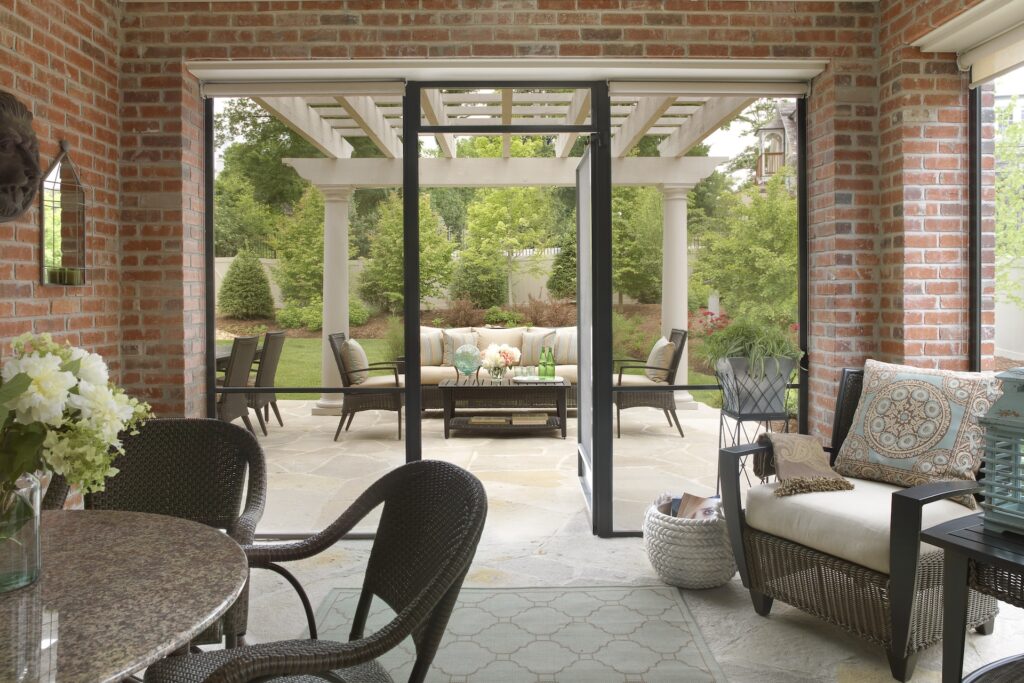Residential Architecture Approach to Energy Efficiency

Designing an energy-efficient home goes beyond lowering utility bills. It’s about creating a comfortable living space that performs well year-round, uses fewer resources, and stands strong over time. Through thoughtful architecture and interior design, energy-efficient homes reduce waste while maintaining style and comfort.
What Makes a Home Energy Efficient
An energy-efficient home is carefully designed to minimize energy use while maximizing comfort. Every element, from the home’s orientation to its insulation, works together to create steady indoor temperatures in every season.
Proper insulation, high-performance windows and doors, and a tightly sealed structure prevent air leaks. Efficient heating, cooling, and ventilation systems maintain comfort year-round, while the use of natural light reduces dependence on artificial lighting.
Passive Design Strategies
Passive design uses natural elements to improve comfort and reduce energy use.
- Window Placement – Strategic window placement can harness passive solar heating, which helps to keep homes warm during cooler months.
- Landscaping – The strategic placement of trees, shrubs, overhangs, and exterior shading provides shade in the summertime.
- Ventilation – Cross-ventilation through operable windows and vents circulates fresh air and reduces dependence on mechanical systems.
- Thermal Mass – Materials like concrete, brick, or stone absorb and release heat to help maintain steady indoor temperatures.
Designing With Efficiency in Mind
Choosing sustainable materials and systems is key to creating residential architecture that conserves energy.
- Use Green Building Materials – Eco-friendly materials such as bamboo, cork, reclaimed wood, recycled steel, precast concrete, and terrazzo reduce the demand for newly mined or harvested resources while maintaining durability and style.
- Restrict Solar Heat – Light-colored or reflective roofing materials help deflect sunlight rather than absorb it, keeping interiors cooler and minimizing air conditioning use.
- Install Renewable Energy Systems – Solar panels, wind turbines, and geothermal heat pumps generate clean power from natural sources. These systems reduce a home’s carbon footprint and long-term energy costs.
- Add a Rainwater Collection System – Rainwater harvesting captures runoff from roofs or the ground and stores it for later use, typically irrigation. Roof materials like cedar, copper, or lead should be avoided to prevent contamination.
- Install Smart Appliances – Smart appliances such as dishwashers, ovens, lights, and thermostats improve a home’s energy efficiency. Devices connect to a home’s system or smartphone, allowing operations to be scheduled or settings to be automated based on occupancy or user habits.
Build for the Future
Energy-efficient design has become a defining part of modern architecture. Whether designing a new home or upgrading an existing one, the goal is the same: to reduce energy use without sacrificing comfort or beauty. With the right approach and materials, architectural firms can design sustainable spaces that enhance daily living.
Mitchell Wall Architecture & Design brings this balance to every project, uniting design expertise and advanced building practices to create homes that perform beautifully in every season. Reach out today to learn how energy efficiency can elevate the form and function of your home.
